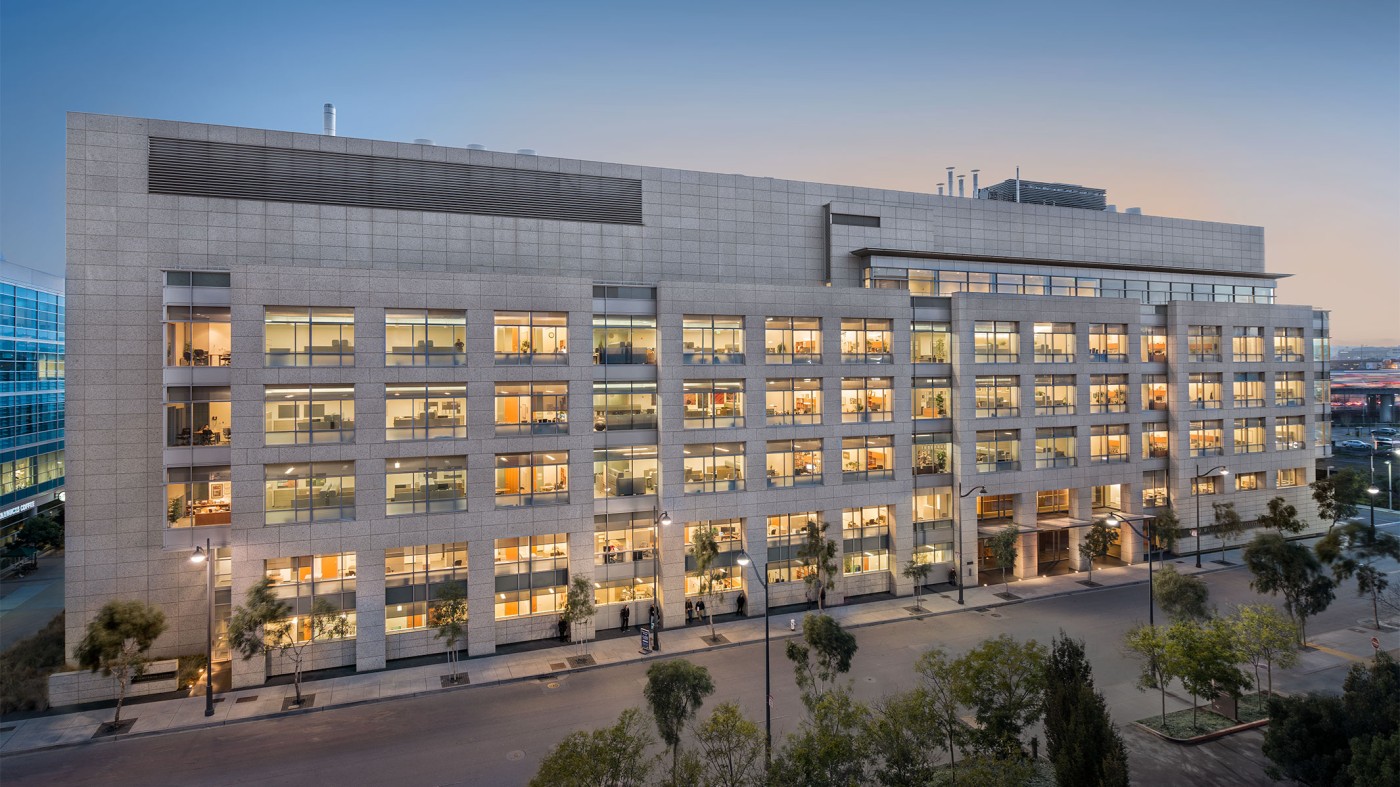Gladstone NOW: The Campaign Join Us on the Journey✕

SAN FRANCISCO, CA—May 3, 2011—The United States' National Academy of Sciences today elected Gladstone Senior Investigator Shinya Yamanaka MD, PhD, to its membership, bestowing yet another honor on the Japanese scientist whose discovery of a promising new stem-cell technology has major implications for human health.
Election to the National Academy is among the highest honors available for U.S. scientists and engineers. Dr. Yamanaka has been elected as one of eighteen Foreign Associates that the academy elects annually—but as one of only two U.S. residents that can be included in the group each year.
“The fact that only two such foreign-born, resident scientists are elected in any one year further makes Shinya's election a singular honor indeed,” said R. Sanders Williams, MD, president at Gladstone, a leading and independent biomedical-research organization. “This is yet another validation of the outstanding quality of research produced by Gladstone investigators.”
In 2006, Dr. Yamanaka discovered a way to turn adult skin cells into cells that act like embryonic stem cells. The discovery has since altered the fields of cell biology and stem-cell research, offering new hope for the future of both personalized and regenerative medicine.
Embryonic stem cells—called “pluripotent” because they can develop into any type of cell in the human body—hold tremendous promise for regenerative medicine, in which damaged organs and tissues can be replaced or repaired. Many in the science community consider the use of stem cells to be key to the future treatment and eradication of a number of diseases, including some on which Gladstone research focuses, such as heart disease, diabetes and Parkinson's disease. But the use of embryonic stem cells is controversial—which is one reason why Dr. Yamanaka's discovery of an alternate way to obtain human stem cells, without the use of embryos, is so important.
Five years ago, Dr. Yamanaka discovered that by altering the genes of adult skin cells in mice, he was able to induce the cells into becoming like embryonic stem cells. He called them induced pluripotent stem cells, or iPS cells. In 2007, he announced that he had done the same with human adult skin cells.
In addition to avoiding the controversial use of embryonic stem cells, this iPS cell technology represents an entirely new platform for fundamental studies of human disease. Rather than using models made in yeast, flies or mice for disease research, iPS technology allows human stem cells to be created from the skin cells of patients with a specific disease. As a result, the cells contain a complete set of the genes that resulted in that disease—representing the potential of a far-superior human model for studying disease development, new drugs and treatments. In the future, iPS cells could be used to test both drug safety and efficacy for an individual patient.
Soon after Dr. Yamanaka made his discovery's data and reagents publicly available, scientists around the world began building on iPS. At Gladstone, Deepak Srivastava, MD, who leads the Gladstone Stem Cell Program and all of the institute's cardiovascular research, has shown that adult non-muscle cells can be directly reprogrammed into beating cardiac-muscle cells. And late last month, Gladstone Senior Investigator Sheng Ding, PhD, showed how to use a cocktail of chemicals to reprogram skin cells directly into neural stem cells. These news methods from Dr. Ding, who is one of the world's top chemical biologists in stem-cell science, will make it possible to create a far greater number of cells for research or regenerative purposes than was previously possible.
“The discovery of iPS cells has transformed the stem-cell field worldwide and has had a major impact on the Gladstone Stem Cell Program,” said Dr. Srivastava “We are proud of this recognition for Dr. Yamanaka's work, as he is a graduate of our training program and continues to make important discoveries in his laboratory at Gladstone.” Dr. Yamanaka has received a host of awards and honors recognizing the importance of his iPS discovery, including the Albert Lasker Basic Medical Research Award, the Shaw Prize, and the Kyoto Prize for Advanced Technology. He is widely seen as a candidate for a Nobel Prize.
Dr. Shinya Yamanaka is a senior investigator and the L.K. Whittier Foundation Investigator in Stem Cell Biology at the Gladstone Institute of Cardiovascular Disease. Dr. Yamanaka is also a professor of anatomy at the University of California, San Francisco, as well as the director of the Center for iPS Cell Research and Application (CiRA) and a professor at the Institute for Integrated Cell-Material Sciences (iCeMS), both at Kyoto University. Dr. Yamanaka received an MD from Kobe University in 1987 and a PhD from Osaka City University in 1993. From 1987 to 1989, he was a resident at the National Osaka Hospital. From 1993 to 1996, he was a postdoctoral fellow at Gladstone.
About the Gladstone Institutes
Gladstone is an independent and nonprofit biomedical-research organization dedicated to accelerating the pace of scientific discovery and biomedical innovation to prevent illness and cure patients suffering from cardiovascular disease, neurodegenerative disease, or viral infections. Gladstone is affiliated with the University of California, San Francisco.

